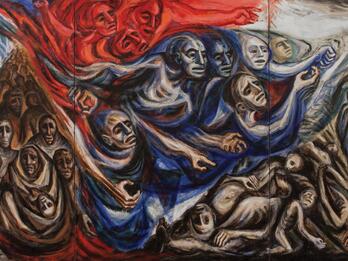Rythme Coloré
Sonia Delaunay
1958
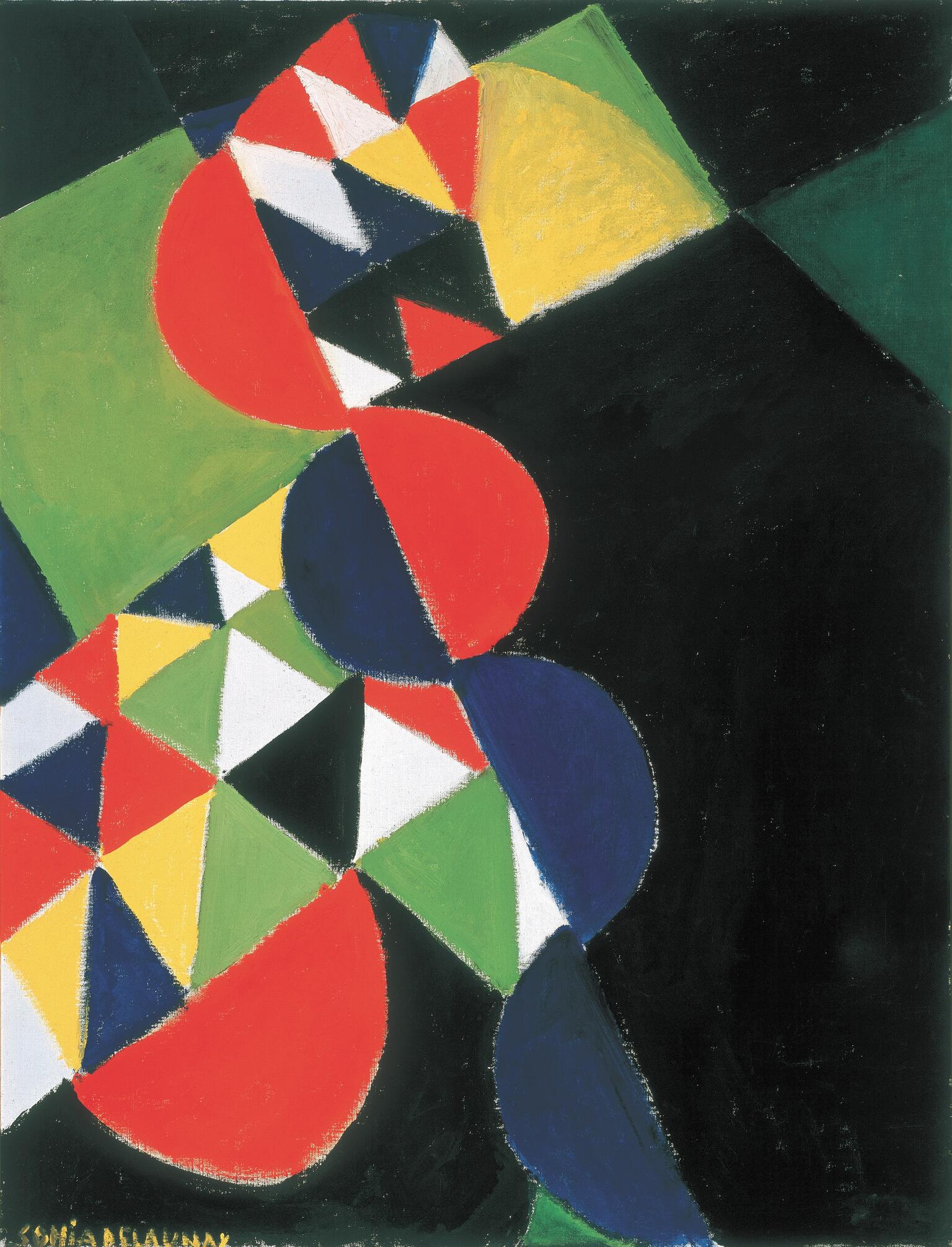
Creator Bio
Sonia Delaunay
Born Sara Stern in Odessa, Delaunay was raised in St. Petersburg by well-off and Russified relatives who gave her a cosmopolitan education; she also adopted their family name, Terk, as her own. Delaunay studied at the Academy of Fine Arts in Karlsruhe and the Académie de La Palette in Paris. Thereafter, she made her career largely in Paris, becoming part of the city’s burgeoning modernist scene; one of her most famous works is La Prose du Transsibérien et de la Petite Jehanne de France, an art book she coproduced with the French modernist poet Blaise Cendrars in 1913. Delaunay developed an aesthetic marked by the abstraction of sometimes recognizable figures and objects into an armature of geometric forms and vibrant colors— an aesthetic that she would elevate to theoretical principle in the orphist/simultanist movement that she cofounded with her husband, the painter Robert Delaunay. She was also a skilled fashion designer, textile designer, and interior decorator who pioneered new forms of integration between furniture, textiles, and painting, and thus between decoration and representation in the arts. In 1964, Delaunay became the only living female artist to have a retrospective exhibit in the Louvre. For her artistic accomplishments, she was awarded membership in the Legion of Honor in 1975.
Related Guide
Visual and Material Culture in the Mid-Twentieth Century
Jewish visual art flourished and diversified in the postwar period, reflecting the social and political transformations taking place in the world.
You may also like
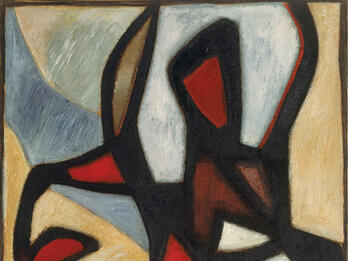
La Kahena
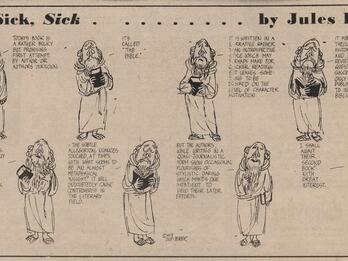
Sick, Sick, Sick
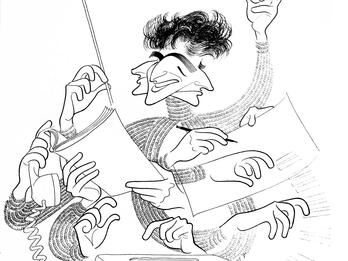
Leonard Bernstein
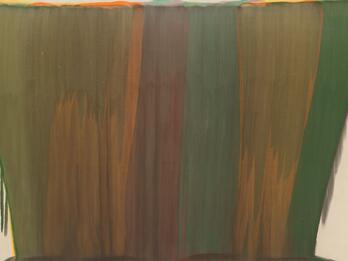
Tzadik
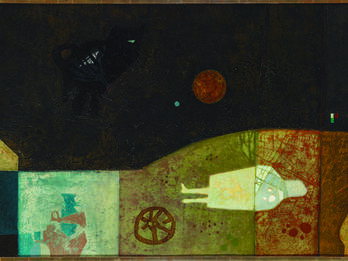
Homesickness
